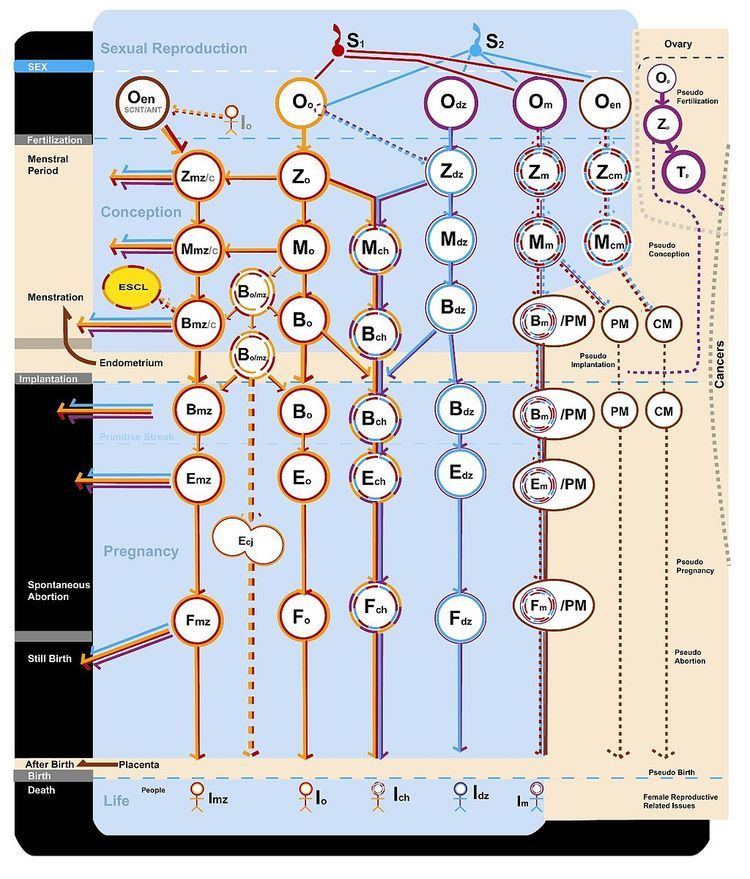 | ||
Proembryo, or pro-embryo, is a botanical term that has been used for centuries, to denote the series of cells that are formed after fertilization within the ovule of a flowering plant, before formation of the embryo.
Contents
More recently, this same term has been given a more extensive meaning, with reference to a human conceptus not yet implanted into a uterus. This more recent meaning is synonymous with "preembryo" or "pre-embryo," and corresponds to stages with more accepted terms zygote and blastocyst.
Preembryo in context of human development
The word 'preembryo' sometimes is used in ethical contexts to refer a human conceptus at least between fertilization and implantation, and is known too as a proembryo although this is not term which has been adopted by the scientific community. A conceptus between fertilization and implantation is also frequently classified as an embryo.
Even after implantation begins, a preembryo (and proembryo) may exist up until formation of the primitive streak. Implantation begins at about six days after fertilization, and lasts for about a week, during which time formation of the primitive streak occurs.
Use of the terms preembryo and proembryo, in the context of human development, has drawn criticism from opponents of embryo research, and from scientists who have considered this categorization invalid or unnecessary. One rationale that has been advanced for distinguishing an early fertilized human conceptus from an embryo is that there is a potential for the conceptus to split into identical twins prior to implantation, and so (the argument goes) the conceptus cannot be regarded before implantation as a single human being. However, the conceptus before implantation exhibits self-actuated activity, which has led to the assertion that it is an embryo. Further, identical twinning is an instance of asexual reproduction whereby a conceptus, without ceasing to be what it is (a new human being), provides a cell or cells as a new conceptus, entirely separated or partially separated (a 'siamese' twin) from the original conceptus, but in any event self-actuated in its development from the moment that the act of asexual reproduction (twinning) is complete. By this asexual reproduction, the parents of the original conceptus in effect become grandparents to the identical twin so conceived.
In the United States, a report by the National Institutes of Health stated that a conceptus could be both a pre-implantation embryo and a pre-embryo at the same time. However, Ann Kiessling (a leader in stem cell research) has written that those categories are inaccurate.
Ontological status
The illustration shows the ontological status of the preembryo, embryo, and fetus:
The colors represent the maternal and paternal genetic contributions.
